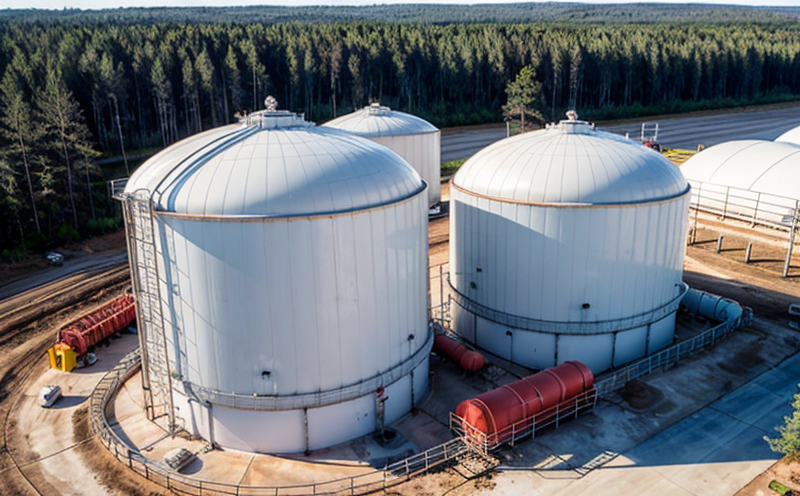LNG storage tank inspection
Long-term and safe operation of LNG (liquefied natural gas) storage tanks is critical to ensuring both safety and efficiency in the energy sector. These tanks are subject to stringent international standards such as ISO 15227, which governs the design, construction, and maintenance of pressure vessels. Regular inspections are not just recommended but mandatory to comply with regulatory requirements and ensure operational integrity.
The process involves a series of non-destructive testing (NDT) methods tailored for cryogenic environments. These include ultrasonic testing (UT), radiography (RT), visual inspection (VT), and eddy current testing (ECT). Each method has its strengths, but the choice depends on specific areas needing attention within the tank.
The integrity of LNG storage tanks is tested under various conditions to identify potential flaws or weaknesses. This includes checking for cracks, corrosion, and other defects that could compromise safety during operation. The inspection process also ensures compliance with industry standards and regulations such as API 621, which specifies quality assurance programs for the design, construction, modification, repair, and maintenance of cryogenic storage tanks.
Understanding the unique challenges posed by LNG storage tanks is crucial. These include extreme cold temperatures that can affect materials' properties, pressure fluctuations due to operational changes, and potential exposure to corrosive environments. Therefore, specialized equipment and techniques are required for accurate inspection results.
The importance of regular inspections cannot be overstated. They help in detecting early signs of degradation or damage before they escalate into significant issues leading to costly repairs or replacements. By adhering to a strict maintenance schedule, organizations can extend the lifespan of their infrastructure while minimizing risks associated with equipment failure.
Why It Matters
The safety and reliability of LNG storage tanks are paramount for both environmental protection and public safety. A single malfunction could result in catastrophic consequences ranging from environmental pollution to severe accidents. Regular inspections play a vital role in preventing such scenarios by identifying potential hazards early on.
From an economic perspective, these regular checks save costs associated with unplanned downtime due to unexpected failures or forced shutdowns during critical periods like peak demand times. Additionally, maintaining compliance with regulatory standards helps avoid hefty fines and penalties imposed for non-conformance.
In terms of sustainability, ensuring the longevity and efficiency of LNG storage tanks contributes significantly towards reducing waste generation and promoting responsible resource management practices within the energy sector. This aligns closely with broader goals aimed at enhancing overall operational sustainability across industries.
Industry Applications
- Cryogenic Storage Facilities: Ensuring safe and efficient operation of LNG storage tanks in cold regions.
- Energy Sector: Supporting the integrity and reliability of large-scale energy infrastructure.
- R&D Laboratories: Providing insights into material behavior under extreme conditions for continuous improvement.
The application areas extend beyond just operational facilities; they encompass research and development, where understanding the performance characteristics of materials in extremely cold environments is essential. This knowledge aids in designing more resilient structures capable of withstanding harsh conditions without compromising safety or efficiency.
Use Cases and Application Examples
One common use case involves detecting micro-cracks within the insulation layers of LNG storage tanks, which can lead to significant heat loss. Another example includes identifying corrosion-induced thinning in pressure vessel walls, thereby preventing leaks that could compromise structural integrity.
An application example from a real-world scenario would be an inspection conducted after a prolonged period without service. Such inspections are crucial following extended idleness since materials may have undergone changes due to environmental factors or internal stress during downtime.





